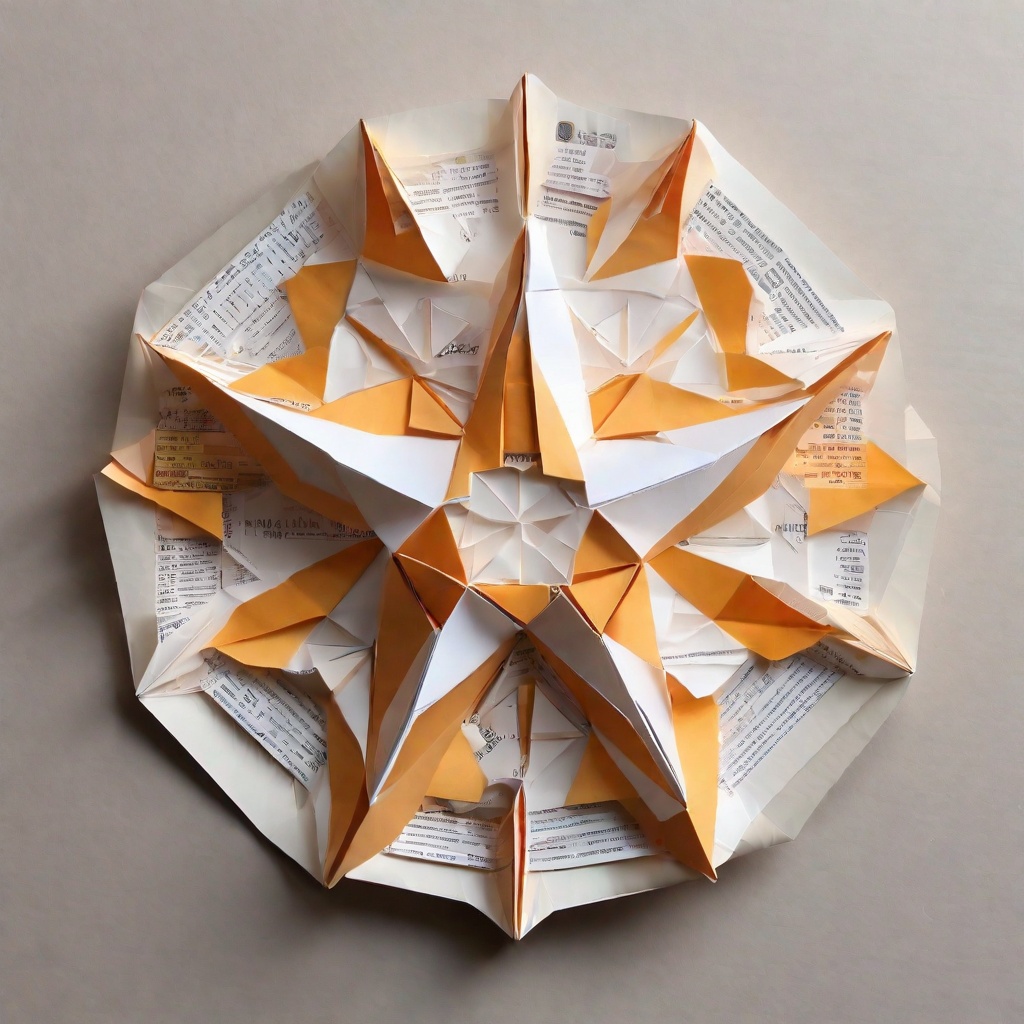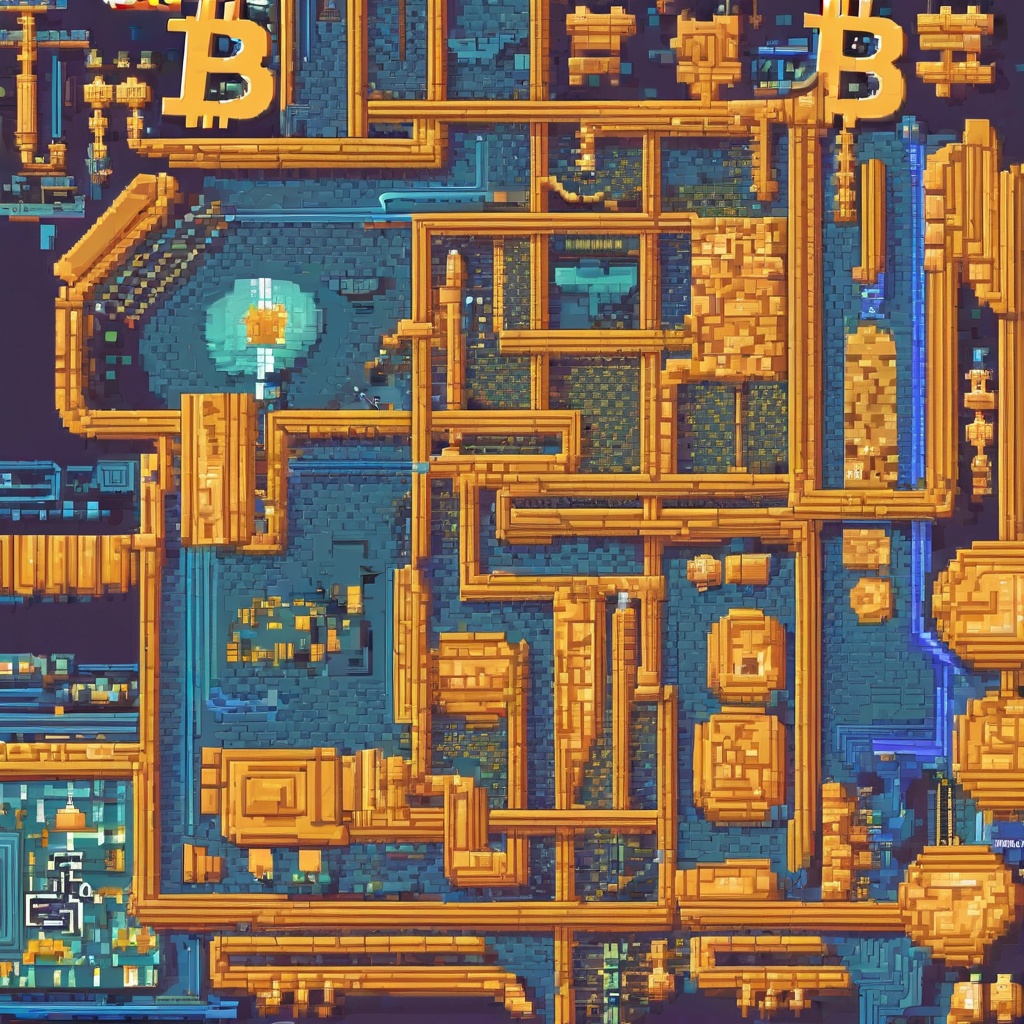What will cryptocurrencies look like in the future?
As a keen observer of the ever-evolving landscape of cryptocurrency and finance, I often ponder about the future of this rapidly expanding industry. With advancements in blockchain technology, decentralization, and global adoption, I'm curious to know: What will cryptocurrencies look like in the future? Will they become the dominant form of currency, surpassing even traditional fiat money? Or will they coexist in a harmonious multi-currency system? Will there be a consolidation of major cryptos, or will we see a proliferation of niche currencies tailored to specific industries and use cases? And how will regulators and governments worldwide approach this phenomenon, embracing it, regulating it, or banning it altogether? The future of cryptocurrencies is indeed an intriguing question, and I'm eager to hear your thoughts on this matter.

What does a bitcoin transaction look like?
Could you elaborate on the structure and components of a typical Bitcoin transaction? I'm curious to understand the underlying mechanics behind a Bitcoin transfer. Specifically, what are the key elements that constitute a transaction? How is the sender's address linked to the receiver's? What is the role of the blockchain in validating and securing these transactions? And lastly, what are the security measures employed to ensure the authenticity and integrity of Bitcoin transactions? I'd appreciate a concise yet comprehensive explanation that captures the essence of a Bitcoin transaction.

What do crypto currency icons look like?
Curious minds often inquire, "What do crypto currency icons look like?" Indeed, the visual representations of these digital currencies are as diverse as the technologies they power. Many crypto icons are designed to evoke a sense of futuristic technology, often featuring sleek lines, geometric shapes, and vibrant colors. Some icons represent the name or initials of the cryptocurrency, while others are abstract symbols that aim to capture the essence of the digital world. For instance, Bitcoin's icon is a stylized "B" within a circle, evoking simplicity and universality. Ethereum's icon, on the other hand, depicts a Greek capital letter "E" with an underline, symbolizing the network's smart contract capabilities. These unique visual identities not only help distinguish various cryptos but also contribute to their branding and cultural identity.

What does bitcoin look like?
The question often arises among newcomers to the cryptocurrency world: What does bitcoin actually look like? The answer, surprisingly, is quite abstract. Bitcoin itself is not a physical object that can be held in one's hand; rather, it exists purely as a digital entity. It's a decentralized digital currency that operates independently of any central bank or government. The closest visualization one could have is perhaps a digital representation of a bitcoin transaction on a blockchain explorer, where one can see the transfer of value from one address to another. So, in essence, when people ask 'What does bitcoin look like?', they're really inquiring about its conceptual form and how it functions within the digital economy.

What does Cetus look like?
As a keen observer of the cryptocurrency and finance landscape, I'm intrigued by the concept of Cetus and its potential impact. Could you elaborate on what Cetus actually looks like? I understand it's not a physical entity, but perhaps you could describe its functional attributes, how it operates, or how it interfaces with users and the broader financial ecosystem. Additionally, I'm curious about its design principles and the team behind its development. Any insights you could provide would be greatly appreciated.

